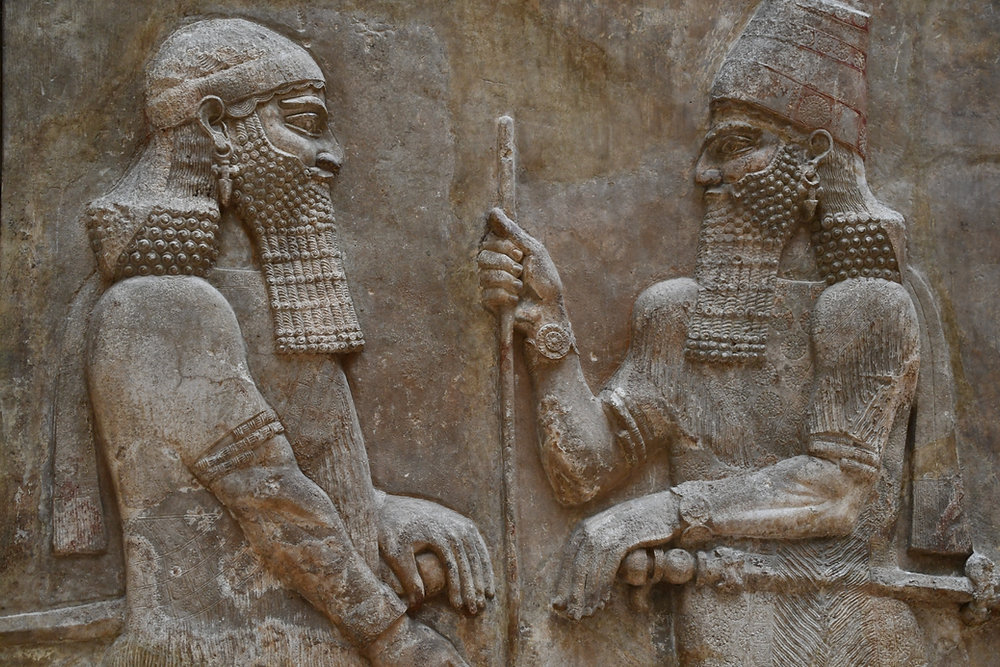1. Origins and Role in Mesopotamian Mythology
- The Annunaki were a powerful group of deities associated with aspects of nature, fertility, and the underworld. They were believed to be responsible for major aspects of creation and the natural order. For instance, they had a role in both the creation of the world and the administration of the afterlife.
- In Sumerian texts, such as the Epic of Gilgamesh and the Enuma Elish, the Annunaki are frequently mentioned as mediators of the gods’ will. Some were believed to reside in the heavens with Anu, while others were thought to rule over the earth and the underworld.
2. Annunaki and Humanity
- One story suggests that the Annunaki played a role in creating humanity, often to perform labor for the gods. For example, in the Atrahasis Epic, the gods create humans to take over the work that the minor gods were tasked with doing, such as farming and other manual labor.
- Humanity was thought to have been created by the gods as a necessary component of maintaining the cosmic order, with offerings and labor provided to the gods as part of their service.
3. Modern Interpretations and Ancient Astronaut Theory
- In modern times, especially through the popularization of ideas in books by authors like Zecharia Sitchin, the Annunaki have been linked to “ancient astronaut” theories. Sitchin proposed that the Annunaki were actually extraterrestrial beings who came to Earth in ancient times and helped advance early human civilizations.
- According to Sitchin’s theory, which lacks academic support from historians and archaeologists, the Annunaki came from a distant planet called Nibiru. Sitchin suggested they mined gold on Earth and created humanity as a labor force to work in their mines, a story that blends mythology with speculative science fiction.
- This theory, while popular in some circles, is widely regarded as pseudoscientific and not supported by evidence from Mesopotamian texts or archaeological records.
4. Symbolism and Lasting Influence
- In actual historical context, the Annunaki represent the Sumerians' complex pantheon and their way of understanding natural forces and societal organization. The mythology illustrates a worldview where humanity exists to serve the gods, and the gods are deeply interwoven with the forces of nature, life, and death.
- The Annunaki are often depicted in Sumerian art as human-like figures with distinctive headdresses and symbols, often representing divine authority and power. Their roles influenced the later deities of other Mesopotamian civilizations, like the Akkadians and Babylonians, and their stories helped shape early literature and religious beliefs in the region.
While the Annunaki have become popular figures in various speculative theories and media, their origins in ancient mythology provide insight into early human societies’ attempts to explain the world around them and their place within it.


